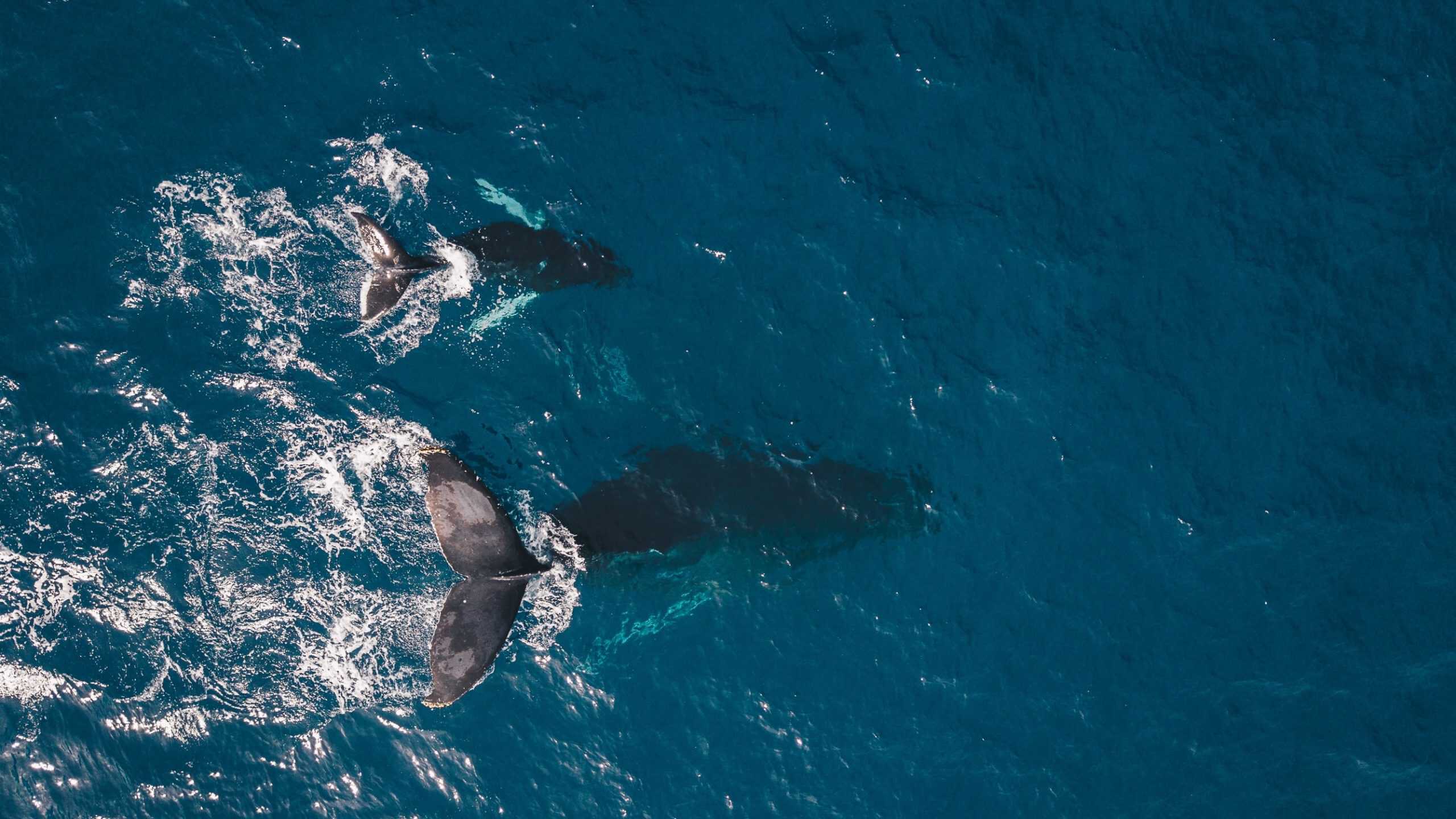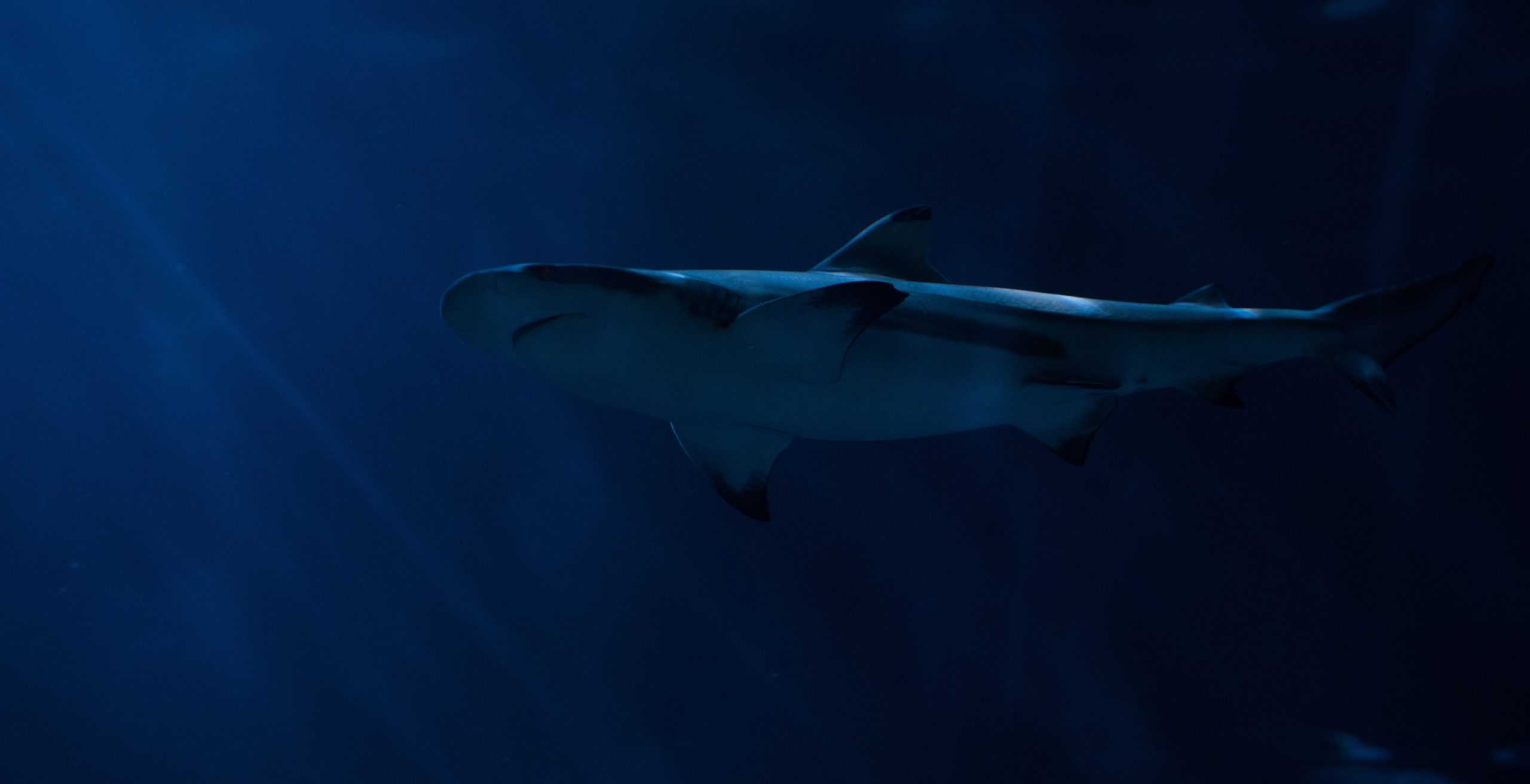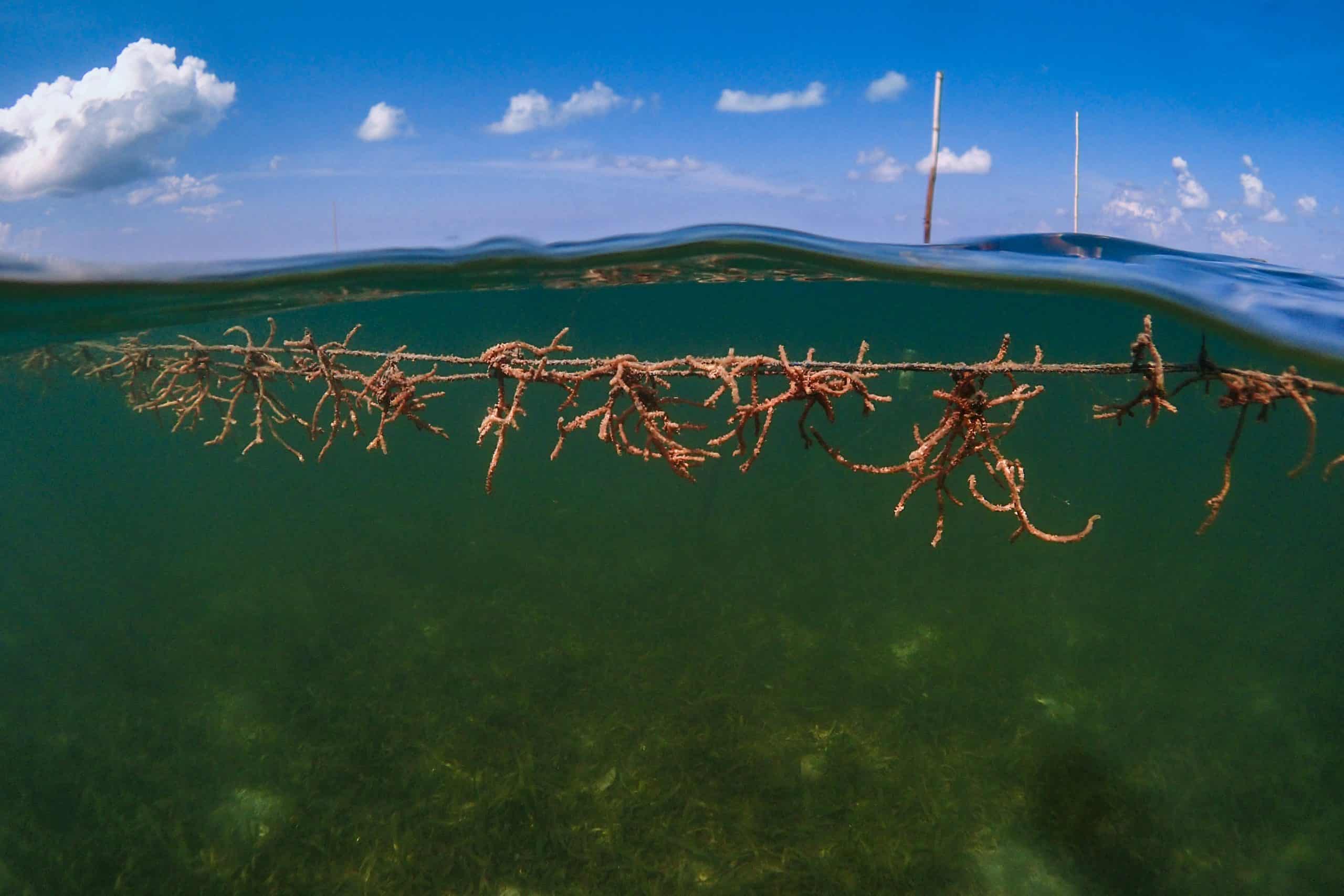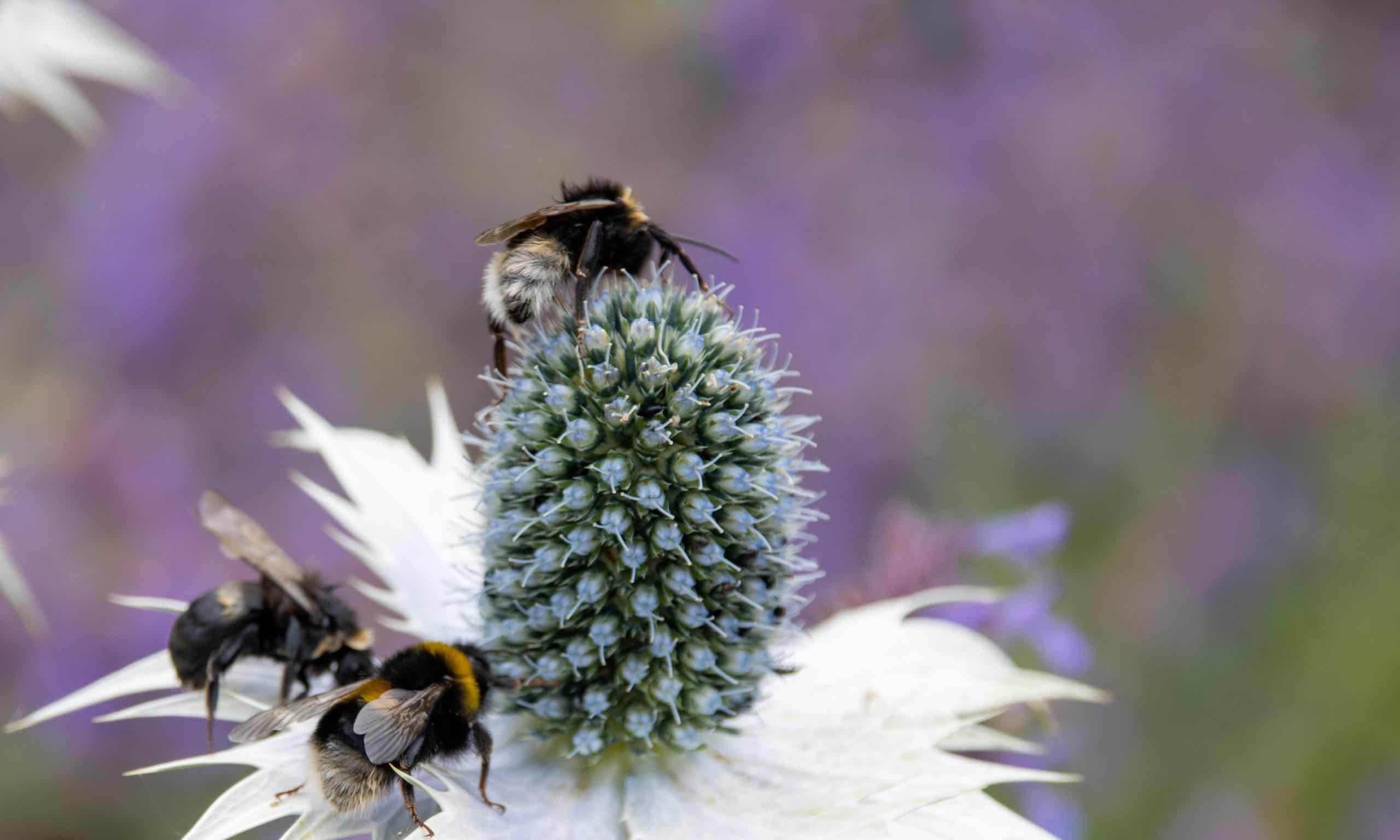Ecosystem restoration initiatives are essential for re-establishing nature’s carbon sequestration capacity. By revitalising ecosystems through, for example, rewilding initiatives, ecosystems regain their balance, enabling them to capture and store carbon more effectively. For instance, a 2023 Nature Climate Change paper showed that rewilding efforts focused on restoring populations of nine key wildlife species could capture an extra 6.4 gigatons of carbon dioxide annually. This is equivalent to over 15% of current global annual emissions, matching or surpassing each of the IPCC’s top five options for mitigating climate change (solar energy, wind energy, reduced deforestation, carbon capture and storage, and energy efficiency).
This indicates that, over time, rewilding wild animal populations and ecosystem restoration could help draw down a significant proportion of the carbon dioxide already emitted into the atmosphere that needs to be removed to stabilize the global climate. The approach, called Animating the Carbon Cycle, not only restores natural sequestration processes but also creates habitats for diverse wildlife, supporting biodiversity.
The restoration of ecosystems also supports the Kunming-Montreal Global Biodiversity Framework, in particular Target 11, which aims to restore, maintain, and enhance nature’s contributions to people, including the provision of clean air, water, and climate regulation.
Measures
Launch large-scale restoration projects to rehabilitate degraded ecosystems, such as forests, wetlands, grasslands, and coastal ecosystems, to enhance their capacity to sequester carbon and support wildlife. When prioritising ecosystems for restoration, it is important to assess the relative carbon sequestration potential of different ecosystems. For example, it is often under-appreciated how much carbon is stored in grasslands relative to forests, and released when they are ploughed up.
Restore natural processes by ethically reintroducing native animal species to fill ecological niches lost from ecosystems, thereby increasing ecosystem resilience, recovery, and carbon sequestration capacity. An evidence-based approach that identifies the keystone species in each ecosystem is a good starting point for restoring whole ecosystems.
Encourage reforestation, ideally via natural regeneration, using native species to restore degraded ecosystems, which enhances carbon sequestration and provides habitats for wildlife. Wild animals including mammals, birds, insects, amphibians, and reptiles can play key functions in restoring forests and forest health through seed dispersal, foraging, trampling, pollinating, and controlling non-native invasive species.
Examples
Like marine protected areas, habitat restoration in coastal environments like salt marshes, mangroves, and seagrass beds can make an important contribution to increasing blue carbon. Restoration of these habitats is particularly effective since research shows that mangroves and salt marshes sequester carbon at a rate that can be 10 times greater (or even more) than tropical forests and can store five times as much carbon per acre. Restoration of these ecosystems can provide other benefits as well, including flood reduction and protection from storms and tsunamis. The Southern Flow Corridor project in Oregon, USA restored tidal wetlands, with the effect of boosting local salmon populations, reducing flooding for nearby communities and, importantly, enabling the eventual storage of 100,000 tons of carbon dioxide, the equivalent of removing 21,000 cars from roads for one year.
The restoration of declining coastal marsh habitat in Monterey Bay, California, thanks to the return of the sea otter, is a prime example of how the protection of a predator can enhance the health and resilience of an ecosystem under significant stress. Salt marshes are critical for both humans and wildlife as they provide habitat, food, carbon storage, and shoreline protection. Studies have shown that the recovery of sea otters can lead to a remarkable improvement in the stability of marshlands. Sea otters prey on burrowing crabs, which are known to feed on the roots and underground stems of marsh plants, leading to erosion and weakening of the marsh structure. By controlling crab populations, sea otters strengthen the integrity of the marshes they inhabit, reducing erosion and promoting the growth of marsh vegetation. This, in turn, enhances the marshes’ capacity to store carbon and makes them more resilient to the impacts of climate change.
Sea otters also have a profound impact on the recovery of kelp forests. Kelp forests inhabited by sea otters have been found to absorb 12 times as much carbon dioxide from the atmosphere than their otter-less counterparts. Because of their appetite for sea urchins – creatures that, if left without their natural predators, would multiply and devour entire kelp forests – sea otters increase kelp forest carbon storage by 4.4 to 8.7 megatons annually, equivalent to the CO2 emissions of three to six million cars.
The Altyn Dala Conservation Initiative in Kazakhstan is an example of large-scale ecosystem restoration that delivers multiple benefits for biodiversity, climate resilience, and human livelihoods. The initiative focuses on restoring and conserving the steppe ecosystem, a critical habitat for the endangered Saiga antelope. Through these efforts, the Saiga population has rebounded from 50,000 in 2005 to over 1.3 million by 2022. The initiative also supports the reintroduction of species such as Kulan (wild asses) and, in 2024, Przewalski’s horses for the first time in 200 years, and improves conditions for migratory birds, including the Steppe Eagle and the critically endangered Sociable Lapwing. By restoring degraded grasslands, the initiative enhances carbon sequestration and prevents wildfires, contributing to climate change mitigation. Additionally, it fosters sustainable land management practices, creates jobs, and boosts local economies, exemplifying how ecosystem restoration can yield wide-ranging benefits for both nature and communities. Read more.
The Satoyama Initiative, a global effort led by Japan, illustrates an effective approach to ecosystem restoration that integrates traditional ecological knowledge with modern science to conserve biodiversity and promote sustainable livelihoods. The initiative supports the restoration and sustainable management of socio-ecological production landscapes and seascapes, such as terraced rice paddies that serve as rich wetland ecosystems and secondary woodlands maintained through traditional practices like coppicing. These efforts provide habitats for a wide range of species (including swans, ducks, dragonflies, and orchids) and have facilitated the reintroduction of species like storks in Toyooka City. Supported by the International Partnership for the Satoyama Initiative (IPSI), which includes 267 organisations, the initiative has implemented over 200 community-based projects across 20 developing countries, funded by the Japan Biodiversity Fund and managed by the UNDP. This example demonstrates how ecosystem restoration efforts can enhance biodiversity while promoting sustainable use of natural resources and maintaining carbon sequestration capacity. Read more.
Trophic rewilding involves restoring and protecting animals’ functional roles in ecosystems, often through species (re)introduction. An example of the benefits of animating the carbon cycle through trophic rewilding is what happened in the Serengeti in the 1950s. Earlier in the century, the Wildebeest population had been largely obliterated by the rinderpest virus contracted from domesticated cattle. With the sudden reduction in grazing, standing grasses frequently fuelled widespread severe wildfires, releasing carbon into the atmosphere. After introducing a vaccine against the rinderpest virus, the wildebeest population saw a resurgence. Their grazing, and the increased introduction of wildebeest dung into soil by insects, helped transform the savanna from a fire-prone grassland carbon source to a carbon sink, storing up to 4.4 million tons of carbon dioxide more than when wildebeest numbers were low.
A recent study from the Yale School of the Environment estimates that reintroducing 170 European bison to Romania’s Țarcu mountains can play a significant role in climate change mitigation. The research suggests that 20 square miles of grassland, where the bison graze, are drawing down an additional 54,000 tons of carbon annually—an amount equivalent to the yearly emissions of 43,000 cars. By grazing, the bison encourage plant growth and nutrient recycling, which enhances carbon sequestration in the soil. Although these findings have not yet been peer-reviewed, they underscore how the restoration of large animals can help slow climate warming. Read more.
This is the first case study from the Yale/GRA model on Animating the Carbon Cycle, which predicts the improved carbon sequestration levels from ecosystems as their wild animal populations are restored. As of October 2024, four additional studies are being conducted in the forests of central Africa, Chile, Argentina, and Mexico, with more about to start. This stream of work promises to enhance the evidence base about the role of wild animals in stabilising the global climate.
Apex predators play a pivotal role in an ecosystem’s carbon sequestration. They regulate herbivores and smaller predator populations and thus augment the trophic cascade, or food chain, throughout the ecosystem. The wolf best illustrates such carbon-storing effects of predators
A 2016 report showed that wolves in North American forests can boost carbon storage in vegetation and soil by preying on moose populations. Also, their mere presence keeps moose on the move, averting potential overgrazing. The carbon-offsetting effect of wolves – the study estimated – is equivalent to removing 6 to 20 million cars from the road annually.
Yellowstone National Park provides a good example of the wolves’s impact. Early 20th-century wolf extermination led to booming elk populations, resulting in overgrazing and devastating ecological consequences. With their reintroduction in the 1990s, this imbalance began to rectify, showcasing the indispensability of apex predators.







